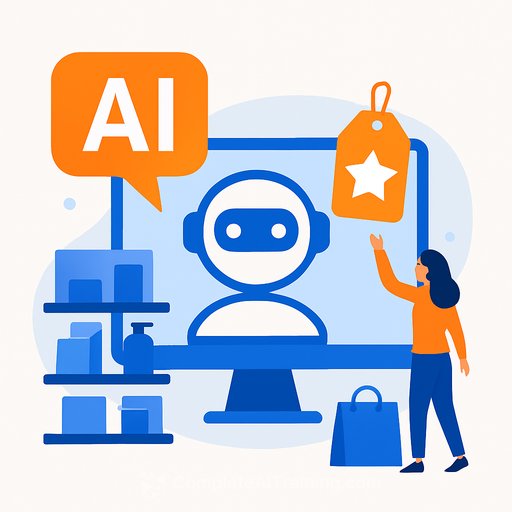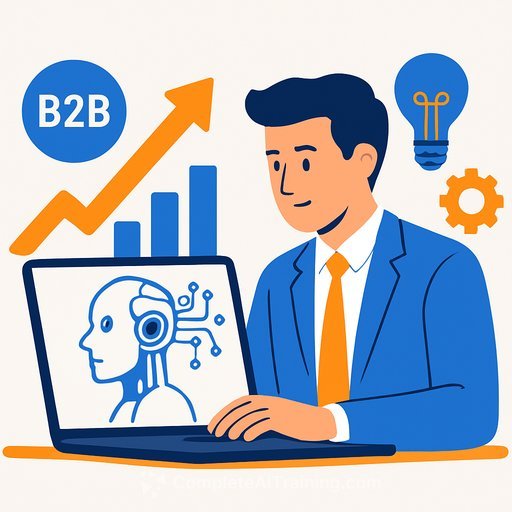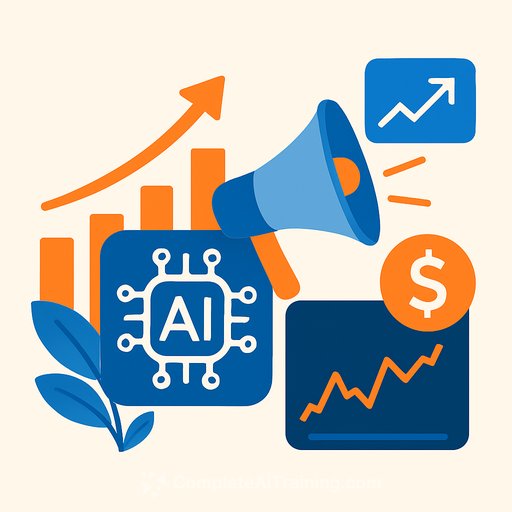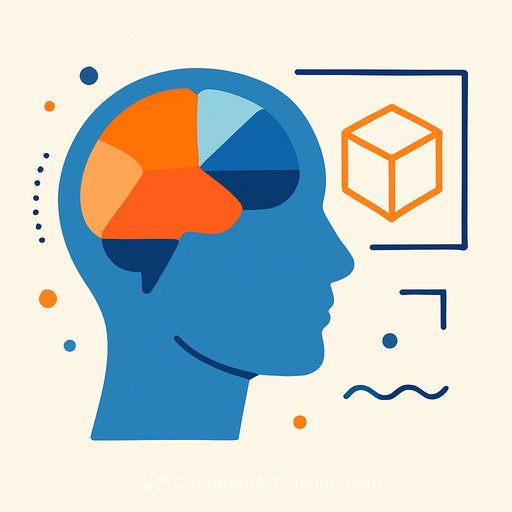Atlas changes search: from pages to recommendations
Search is shifting again. OpenAI's ChatGPT Atlas puts an assistant inside the browser, where it can suggest next steps, summarise research, automate tasks, and even act for the user - without handing their data to the internet.
That matters because Gen Z and Gen Alpha aren't starting with traditional search. They're discovering through social feeds, commerce platforms, and AI chats. Google still leads, but its cultural lock is loosening. With an assistant mediating what people see, brands have to re-think visibility, content, and how to keep emotion alive when a bot sits between you and your customer.
From navigation to execution
Nathan Petralia says Atlas is more than a browser: "It transforms traditional browsers from navigation tools into execution platforms." He adds, "Discovery becomes assistant-mediated within the exact window users are viewing," removing tab-hopping and creating contextual experiences.
This flips the job to winning the assistant, not the blue link. Shane Liuw notes that as browsing, memory, and agents merge, discovery becomes deeply personal: the assistant knows what users like, buy, and trust. Traditional SEO can't just chase keywords - it has to build authority, clarity, and context.
The 'new front page' is the assistant's top pick
Fewer clicks mean tighter competition. Liuw puts it bluntly: the first result that matters is the AI's recommendation. Brands need to optimise for that outcome now.
Three disciplines to win recommendations
- Answer Engine Optimisation (AEO): Make canonical facts, specs, policies, and sustainability claims structured and verifiable. Use source-of-truth IDs and consistent references so assistants can confirm and cite.
- Generative Engine Optimisation (GEO): Publish fact-dense, rights-cleared assets the models can confidently quote. Prioritise clarity, citations, and conflict-free data.
- Callable APIs: Give assistants a way to check stock, configure products, deliver estimates, and provide support - with attribution intact.
Petralia points out the multi-assistant reality: Chrome folds in Gemini, Edge bundles Copilot, Perplexity pushes browser integration, and Atlas is OpenAI's in-page play. Optimisation by design is the standard: portable schemas, callable APIs, and measurement parity across platforms.
Measure what actually moves the needle
- Share of recommendation: How often your brand is the assistant's top pick for priority intents.
- Answer coverage: Percent of high-intent questions your content can answer with confidence.
- Action success rate: Completion of tasks via your APIs (quotes, trials, bookings, support).
- Data freshness and latency: How current your facts are - and how fast your endpoints respond.
Content is read by machines first
Kuhan Kumar is clear: content is now interpreted by machines, then consumed by humans. Modern SEO turns on semantics, schema, and narrative clarity - can an assistant understand your brand as accurately as a person would?
His advice: "Stop creating for feeds - start creating for frameworks. Structure and meaning are the new creative currency." If you need a refresher, review structured data basics at schema.org and implementation guidance from Google Search Central.
Meeting Gen Z and Gen Alpha
If the assistant is the new shelf, you need more than a pretty package. Dan Kalinski recommends anticipating common prompts and publishing answers before they're asked - across the platforms Atlas and its peers can crawl.
Liuw's take: blend cultural relevance with conversational discoverability. Be present in short-form video, AI chats, and social micro-trends with a voice that feels human, not automated. "You can't just be optimised; you have to be in the culture. If your brand isn't being talked about organically, it won't be surfaced algorithmically. The key is turning awareness into advocacy."
Kumar adds that authenticity is now a data layer. Feed algorithms with real signals - collaboration, participation, purpose - or be filtered out.
Turn awareness into advocacy
- Creator collabs with structure: Give partners clear facts, claims, and CTAs that models can verify and cite.
- UGC prompts: Ask for specific comparisons, how-tos, or outcomes so content maps to common intents.
- Community loops: Encourage comments, remixes, and saves; assistants pick up sustained engagement.
- Shorts that answer: Titles, captions, and on-screen text should resolve a question in under 30 seconds.
Keep the human thread
As assistants handle discovery, recommendations, and transactions, the risk is a cold, transactional feel. Petralia stresses the need for a consistent brand voice and clear human handoff to protect service rituals and memorable moments.
Kalinski notes that every AI interaction starts with human emotion - curiosity, aspiration, belonging. Map data to those triggers so even AI-delivered answers feel personal and relevant. Liuw sums it up: "In an AI world, your story isn't less important, it's your superpower." The goal isn't man versus machine - it's man through machine.
30-day action plan
- Week 1: Inventory facts, specs, claims, policies. Define source-of-truth IDs. Fix inconsistencies across site, docs, and social.
- Week 2: Ship a structured data baseline (FAQ, Product, Organization, Review). Create a public-facing fact sheet per product with citations.
- Week 3: Expose 2-3 callable APIs (availability, pricing/estimates, booking/demo). Set response SLAs. Log attribution.
- Week 4: Publish 10-15 fact-dense assets that answer priority intents. Add shorts with clear answers. Set up tracking for share-of-recommendation and action success.
Tech notes for your stack
- Schemas: Portable and consistent across web, app, and knowledge base. Avoid conflicting versions.
- Content supply: Rights-cleared media, explicit citations, and model-friendly summaries per asset.
- API readiness: Auth scopes, rate limits, caching, and observability. Attribute assistant-sourced actions.
- Guardrails: Brand voice profiles, cultural nuance checks, and escalation paths to humans.
Where this is headed
Chrome is embedding Gemini, Edge is embedding Copilot, Perplexity is moving into the browser, and Atlas aims to own the in-page assistant layer. The playbook is the same across all of them: structure your truth, make it callable, measure recommendations, and keep the story human.
If your team wants hands-on upskilling for this shift, see our AI certification for marketing specialists for practical frameworks and workflows you can ship this quarter.
Your membership also unlocks:






